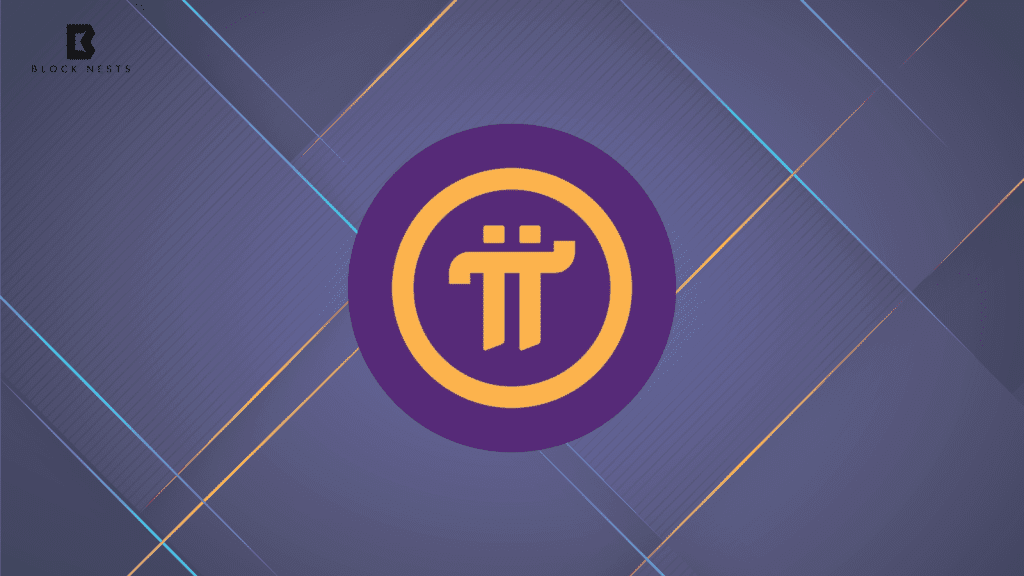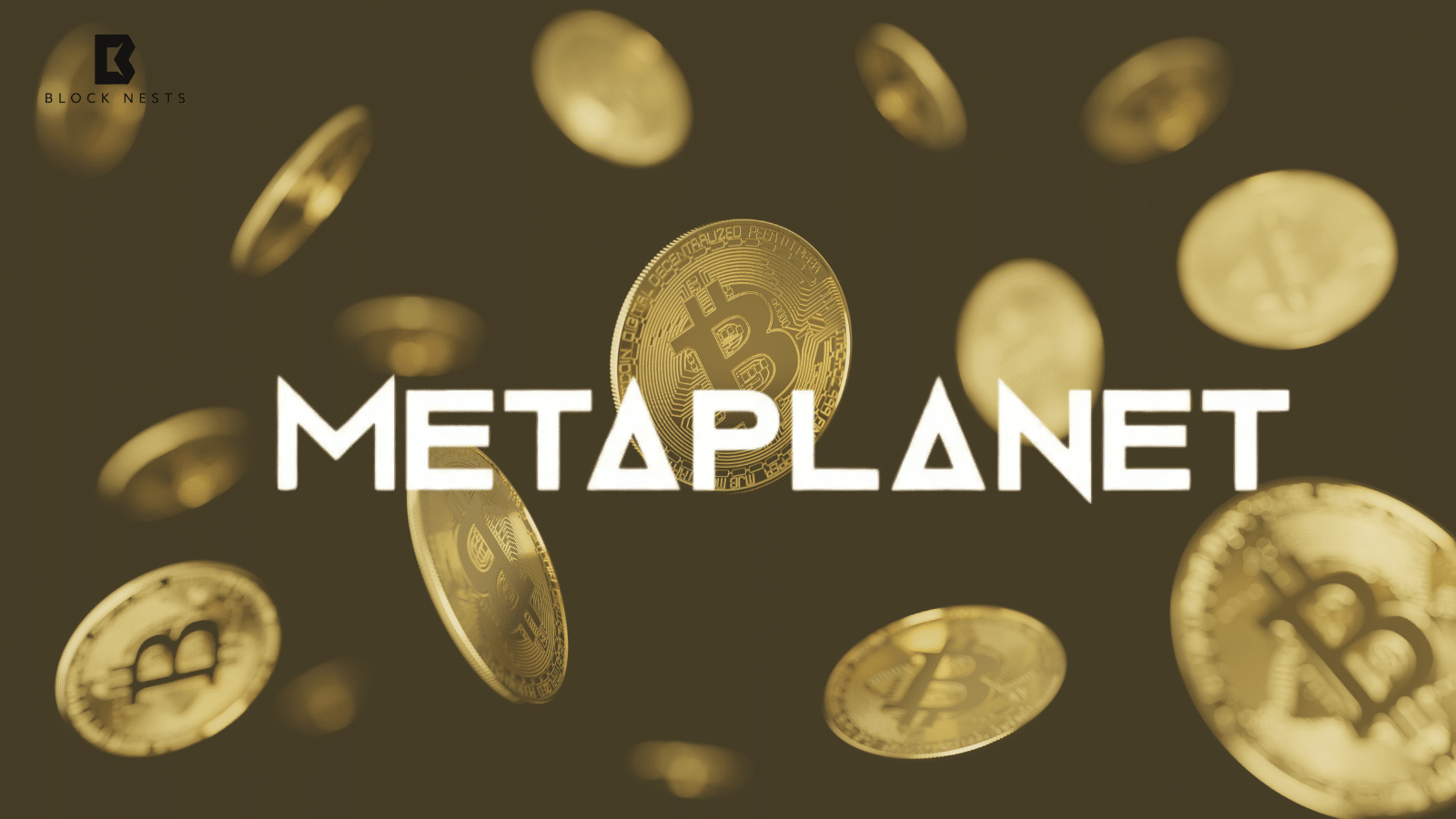- Pi Network’s core team controls 89 billion out of 100 billion tokens, centralizing 89% of the supply and raising collapse risks.
- Only 7.1 billion tokens are in circulation, with no independent audits or transparent governance in place.
- Experts warn of a potential Terra Luna-style crash if centralized power leads to mismanagement or token dumps.
Pi Network is facing intense scrutiny as concerns mount over its integrity, governance, and long-term sustainability. In a viral thread that has captured the attention of the crypto community, blockchain analyst Szymanski warned that the project’s centralization and lack of transparency could trigger a catastrophic collapse, drawing troubling comparisons to the Terra Luna debacle.
Szymanski’s analysis revealed a shocking detail that is now fueling the controversy: 89 billion out of the total 100 billion Pi tokens are still controlled by the Pi Core Team. One entity currently controls a staggering 89% of Pi’s entire supply, with only 7.1 billion in circulation and a total of just 11 billion unlocked so far.
🚨 PI NETWORK: The Truth They DON’T Want You to Know! 🚨
— Szymanski (@Szymansk_ii) May 15, 2025
Don't take this the wrong way. Just read on..
Pi Network’s got some serious secrets, and we’re spilling ALL the tea. Could this be the next crypto crash waiting to happen? Let’s dive in! 👇💰 The Numbers Don’t Lie: 89… pic.twitter.com/6catrQyvbo
This level of concentrated control has sparked widespread concern. Analysts warn that if the core team were to dump a significant portion of their holdings either intentionally or due to internal turmoil, the price of Pi could crash overnight, triggering massive losses for retail users and early adopters.
Unmasking Pi Network Centralized Control
Beyond token distribution, Szymanski highlighted several major structural issues plaguing the Pi Network:
Unlike decentralized cryptocurrencies such as Bitcoin or Ethereum, the creators made all Pi tokens in advance. They currently hold the tokens in centralized wallets, giving the community little influence over their distribution or management. The project has never been subject to an independent security or financial audit, which raises concerns about its legitimacy and overall security.
Additionally, major exchanges like Binance and Coinbase have chosen not to list Pi, pointing to issues related to its lack of transparency and centralized control. This absence from key trading platforms has limited liquidity and eroded user confidence.
These issues, Szymanski argues, are symptomatic of a larger problem: a project operating without oversight, transparency, or decentralized governance, three pillars crucial for any credible crypto network.
Pi Network Faces Terra Luna Style Collapse Warning
Szymanski drew parallels to the 2022 Terra Luna crash and cautioned that Pi Network could be headed down a similar path. “If too much power rests in the hands of a few, a single bad decision or bad actor can bring the entire ecosystem crashing down,” he warned.
Terra Luna, a project that imploded due to over-centralized mechanisms and failed economic models, reminds us of the risks involved. When people compromise trust and transparency in crypto, serious consequences can follow.
Despite facing harsh criticism, Szymanski offered a glimmer of hope for Pi Network’s future. He suggested that the project could begin to rebuild trust and prove its legitimacy by releasing a transparent roadmap and whitepaper, undergoing third-party security and financial audits, and decentralizing token ownership and governance. These steps, he argued, could help restore confidence among both the community and potential exchange partners.
Until they enact those reforms, Szymanski urges users and investors to be cautious. He called Pi Network “one of the riskiest investments in the crypto space today” and urged the community to do their own research before getting involved.
With billions of tokens under tight centralized control, no public audits, and limited exchange access, Pi Network now finds itself at a critical crossroads. The choices its leadership makes next could determine whether Pi becomes a legitimate player in Web3 or the latest cautionary tale of the crypto era.
Related | Pi Network faces backlash after 100 million fund announcement
How would you rate your experience?






